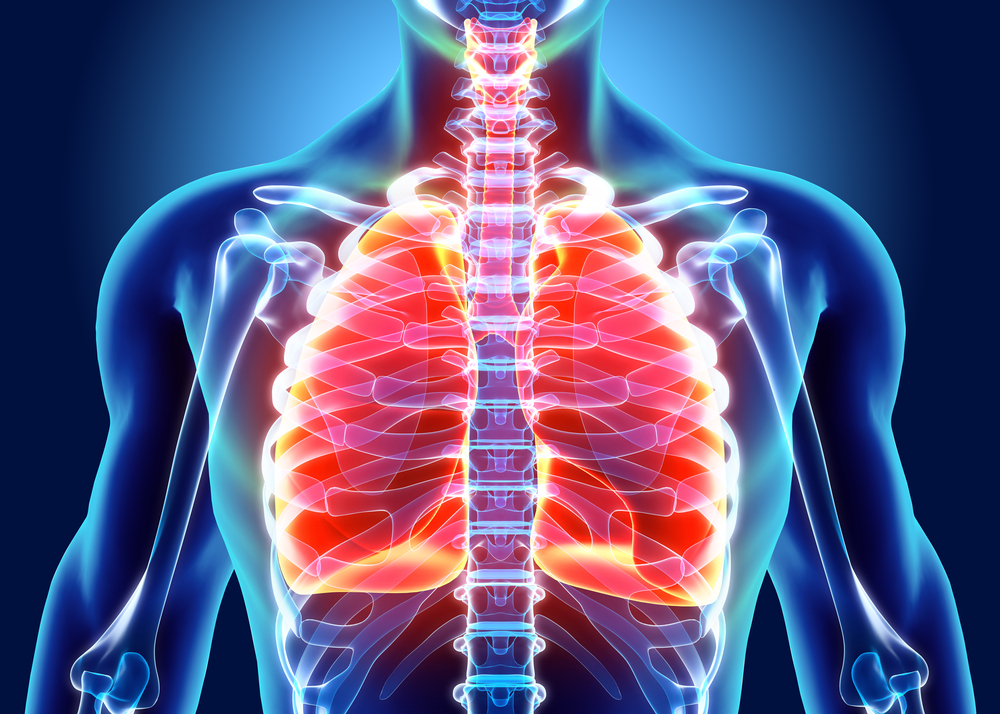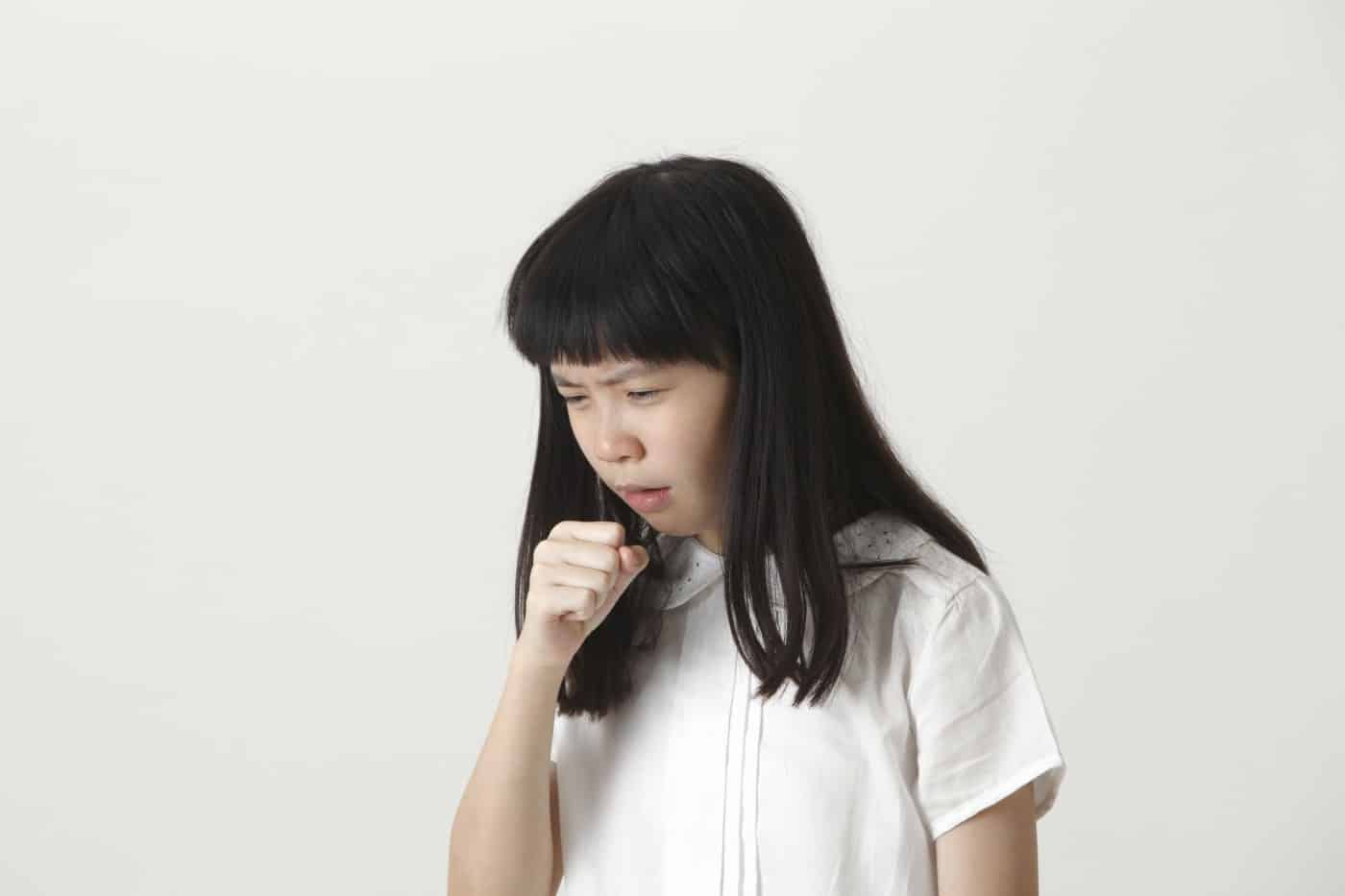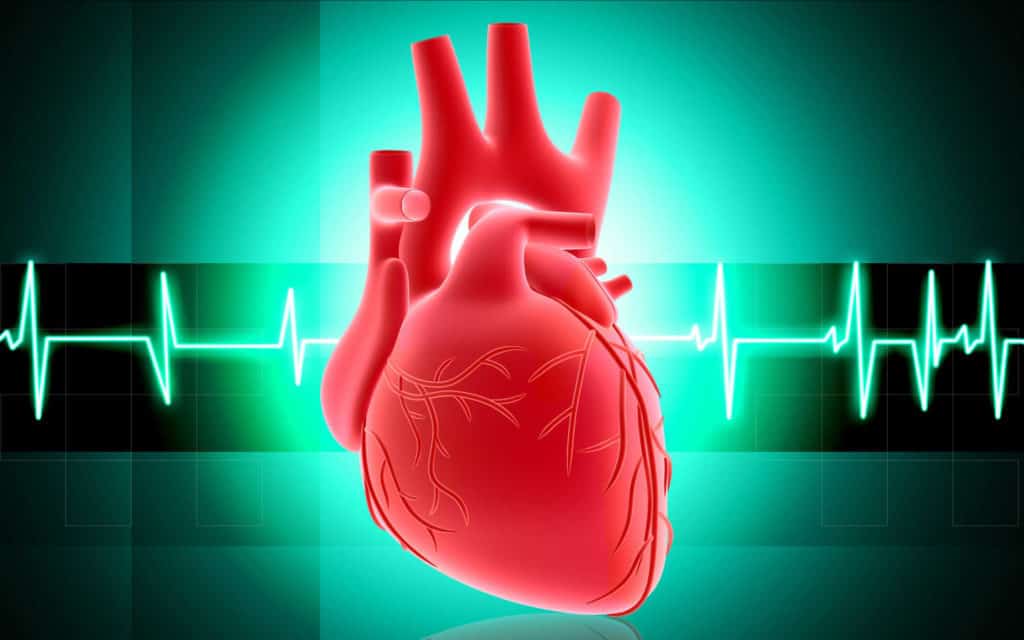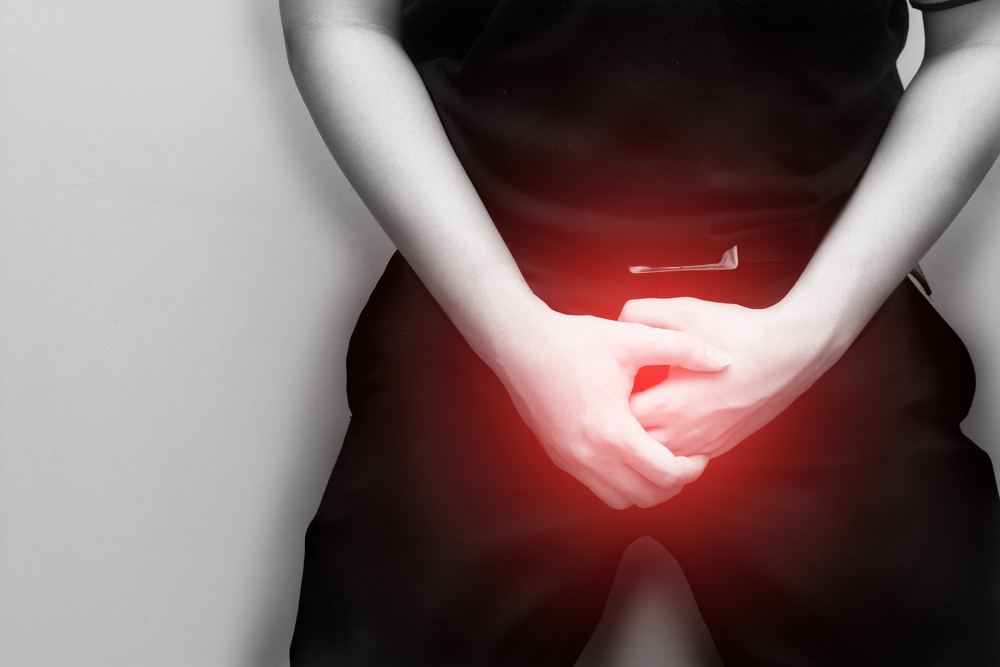Contents:
- Medical Video: Dr. Oz Compares the Symptoms of a Cold and Allergies
- Is that cold allergy?
- Get to know the signs and symptoms of cold allergies
- 1. The hand feels swollen
- 2. The skin is red and itchy
- 3. Red bumps appear
- 4. Heredity factors
Medical Video: Dr. Oz Compares the Symptoms of a Cold and Allergies
Entering cold weather or rainy season, you will certainly feel shivering and rush to wear warm clothes. But for some others, cold air can trigger allergic reactions, ranging from mild to tend to be severe and cause health. What are the symptoms of the cold allergy? Check out the full review below.
Is that cold allergy?
Cold allergy, whose medical term is called cold urticaria, is a skin reaction that appears within minutes after exposure to cold, both from water and air. This can be caused by cold weather factors, being in an air-conditioned room, swimming, or after bathing in the morning. The symptoms caused by each person are different.Some react lightly, some experience anaphylactic reactions such as drastic reduction in blood pressure, unable to breathe, until fainting.
Cold allergy most often occurs in young adults. In severe cases, cold allergies can cause undue stress, especially because the symptoms are often misinterpreted by other diseases.
If you suspect you have any type of allergy, immediately talk to your doctor to get the right treatment. Usually, the doctor will prescribe an antihistamine and ask you to avoid exposure to cold air until the allergies improve.
Get to know the signs and symptoms of cold allergies
1. The hand feels swollen
If your hands are swollen after coming into contact with cold-temperature objects, you might have cold allergies. This includes when you hold cold drinks, take a shower in the morning, and exposure to other cold temperatures.
Although swelling often occurs in the hands, swelling due to cold allergy can also appear on other body parts. In the most dangerous cases, swelling can occur in the tongue and throat and make a person experience pharyngeal edema. This can cause a person to breathe and can lead to death.
2. The skin is red and itchy
One of the symptoms of cold allergy is the most noticeable change in skin conditions that tend to be red and itchy. In fact, this symptom does not just disappear when the patient moves to a warmer environment. In some cases, these symptoms can worsen and last up to 24 hours.
3. Red bumps appear
The emergence of reddish bumps is the same as other allergic symptoms. Exposure to cold allergies makes white blood cells release histamine into the bloodstream. As a result, the body provides an inflammatory response by producing red bumps, swelling, itching, and other skin changes that commonly occur as allergic reactions.
Doctors will usually test this allergic reaction by placing ice cubes on the patient's skin and seeing the inflammatory response that might arise. If the skin becomes red and a rash develops, chances are that you have a cold allergy.
4. Heredity factors
If you have or are experiencing cold allergies, try asking your family if they also experience the same thing. Because, according to research conducted by the National Institute of Allergy and Infectious Disease in 2012, cold allergies can be caused by hereditary factors.
Symptoms of cold allergy due to hereditary factors usually appear 30 minutes after exposure to cold temperatures, can even last up to 48 hours. Generally patients experience reddish and itchy skin accompanied by fever, headache, joint pain (arthralgia), and excessive white blood cell reaction (leukocytosis) in the blood.












